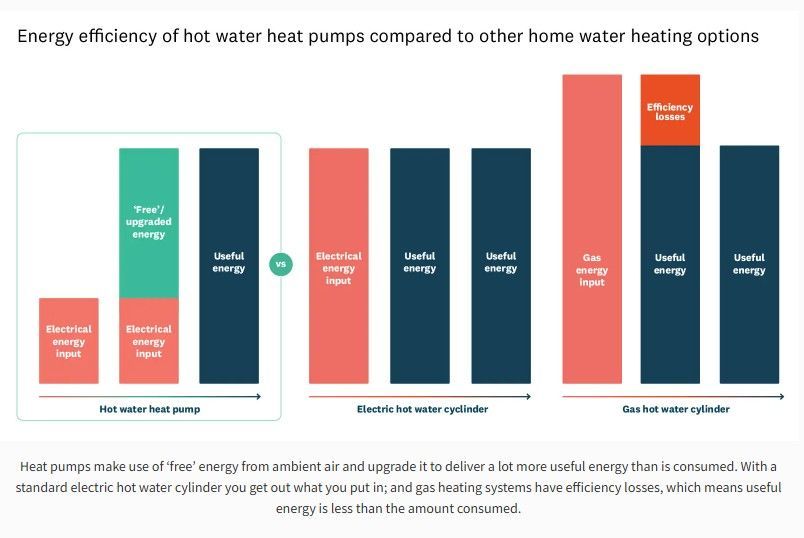Discover how N-Type panels outshine older P-Type tech in efficiency and durability.

Why N-Type Solar Panels Leave P-Type in the Dust
Let’s talk about solar panel types—because yes, not all panels are created equal. If you’ve been offered a solar system recently and the pitch included a 420W P-Type panel with a 12-year warranty… run. Or at least smile, nod politely, and call us afterwards.
The Old Dog: P-Type Panels
P-Type panels have had their day. We’re not saying they were bad in their prime—they were revolutionary at the time. But it’s 2025, and the solar world has moved on. P-Type panels are made using boron-doped silicon, which, for all its enthusiasm, brings along a nasty little issue called Light-Induced Degradation (LID). Basically, the moment sunlight hits these panels, they start losing efficiency. Not ideal for something whose entire job is to sit in the sun.
The New Kid Who’s Smarter and Better Looking: N-Type Panels
Enter N-Type solar panels—built with phosphorus-doped silicon, fewer impurities, and zero LID. These panels:
- Deliver higher efficiency (typically 21–23%)
- Perform better in heat and shade
- Age like fine wine, not sour milk
- Come with 25 to 30-year warranties that actually reflect how long they’re expected to last
That means more power over time, less degradation, and less risk of having to explain to your partner why the "deal of the century" is coughing up dust a decade in.
Pro Tip: How to Spot N-Type Panels
Wanna look clever in front of your solar rep? Flip to the spec sheet and check:
- VOC (Open Circuit Voltage) — N-Type panels often have a lower VOC than P-Type, but it’s their higher efficiency and durability that count.
- Look for terms like N-Type, TOPCon, IBC, or HJT—all signs you’re getting the good stuff.
Why the Electrons Are Happier in N-Type Panels
Let me tell you a story. It’s about two solar panels: one’s an old-school P-Type, the other’s a slick modern N-Type. Now, inside these panels are electrons—the tiny particles that do all the hard work turning sunshine into electricity. These electrons are negative by nature (in charge, not in mood), and all they want is to zip their way to the inverter and get the job done.
But in a P-Type panel, life’s tough. These poor electrons are born into a neighbourhood full of positive atoms. And here’s the kicker: opposites attract. That means every time a negative electron tries to move, there’s a positively charged atom pulling at it—grabbing its heels, slowing it down, whispering sweet nothings like, “Come back here, I love you!”
Imagine trying to sprint through a crowd of exes who all want a hug. That’s your P-Type panel—well-meaning, but way too clingy. The electrons are doing their best, but it’s exhausting, and they lose momentum. Less speed = less efficiency.
Now picture the N-Type panel. It’s built with an abundance of negative charge—the same as our hard-working electrons. And since like charges repel, the electrons are literally pushed along their path. No one’s clinging. No one’s holding them back. It’s like being shot out of a solar-powered slingshot. The track is clear, the motivation is high, and the electrons fly free.
This repelling force reduces resistance, boosts efficiency, and makes N-Type panels shine especially in low light or cloudy conditions—early mornings, late afternoons, those gloomy winter days. The electrons are happy, unbothered, and laser-focused on powering your home. It means N-Type panels work better. Especially when the sun’s being lazy—early morning, late arvo, or cloudy days. Less resistance. More flow. More power to you.
So yeah, your electrons are genuinely happier in N-Type panels. And happy electrons mean a happier power bill.
Bonus Round: Let’s Talk Bi-Facial
While we’re here slinging solar truths, let’s talk about bi-facial panels. These clever things generate power from both sides—so when sunlight reflects off your roof or surrounding surfaces and hits the back of the panel? Yep, more power.
There's kiwis out there with 440w panels that produce 460 - 470w when they shouldn't be, ever. Go figure.
Now, that unnamed franchise we keep mentioning? The one that calls their panels "premium"? Their high-end option is a 470W N-Type panel made by a certain well-known brand. We’re not naming it, but let’s just say it rhymes with "shmAiko." And here’s the kicker—it’s not bi-facial.
So, while their panel is fine, it leaves untapped potential on the table. Especially for rooftops with reflective surfaces like white Colorsteel and Metal tiles, bi-facial panels will outperform those mono-faced ones. More generation. More savings. Less marketing fluff.
Final Thoughts
Solar is a long game. Don’t get caught up in a quick sale with yesterday’s tech. Get panels that are designed to last, with performance to match. N-Type is the new standard. P-Type is the floppy disk of solar—respect the legacy, but don’t install one on your roof.
Thinking about going solar? We’ll hook you up with the latest gear and none of the BS. Because your roof deserves better.



